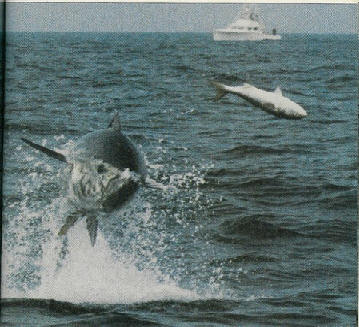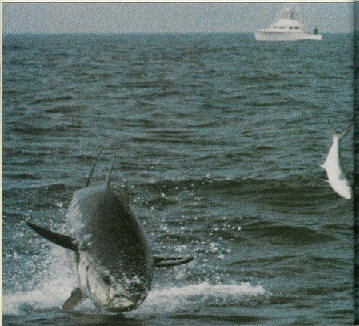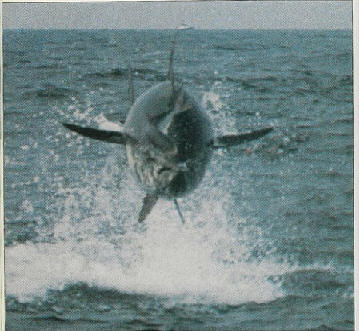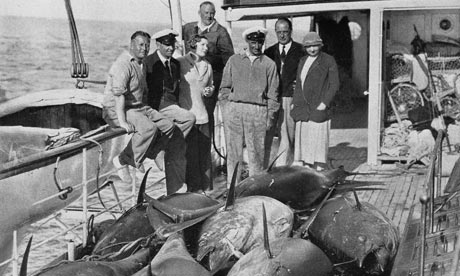


Posted on 03/05/2010 2:58:33 PM PST by Daffynition
TOKYO – Japan will not comply if a ban is imposed on international trade in Atlantic bluefin tuna, prized by Japanese for sushi, a senior official said after the United States threw its support behind the move ahead of a crucial vote.
[snip]
(Excerpt) Read more at news.yahoo.com ...




Nice title.
Thanks. Are you making fun of my handicap? B/C I stutter. A lot. ;)

Certainly not!
One of my dearest FRiends, Flyer, stuttered like a machine gun and I remain true to him even after his death! God rest him.
Refreshing title actually -
Attracts attention.
Pretty slick!
For example, this title really sucks:
Recalls this week: Soups, dips and window shades
Humble only stutters when plastered and laying face down in a mud puddle.
We usually call this early afternoon .........
They can have my bluefin tuna when they pry it from my dead cold lips.
After all, God made beer to show that He loves us.
The King Of Sushi - 60 Minutes - CBS NewsJan 11, 2008 ... The average price of a single bluefin tuna is anywhere between $2000 and $20000. It all depends on the size, the season, and their fat ...

Now how much did that set you back?
"It's KKKKen cccomin to KKKill kill me how u gonna cccatcm me KKKen ......."


There’s a lot of blame to go around. The government agencies have failed [again].
Bluefin Tuna
The species in the greatest danger of slipping into extinction is the bluefin tuna. Its abundance has declined by roughly 90 percent since 1975. ICCAT considers the biomass which existed in the mid-1970s to be the MSY level for the western Atlantic bluefin tuna stock. According to the National Marine Fisheries Service (NMFS), at the end of 1995, the bluefin’s biomass (total weight of fish) was estimated to have declined to between 6 and 12 percent of that needed to produce the MSY. Thus, in only 20 years the population was driven from a healthy level to a level just above extinction by unrestrained industrial-scale commercial fishing sanctioned by ICCAT on this, the world’s most valuable fish.
The population is being held at this precarious level by continued fishing allowed by ICCAT, ostensibly to provide scientific monitoring information. In reality, it is unnecessary to kill any remaining bluefin until they can recover since the abundance of each year class could be assessed using aircraft. There are only two relatively decent year classes left — one just reached maturity and spawned for the first time in the spring of 1998. They should now weigh about 400 pounds. The other is younger, its members weighing about 75 pounds.
Throughout the 1960s, vast numbers of juveniles were taken (to be canned as cat food) by purse seiners operating in the bluefin’s nursery areas along the U.S. Atlantic coast. Throughout the 1970s, Japanese longliners decimated the adults on their spawning grounds in the Gulf of Mexico. The western Atlantic bluefin stock has still not begun to recover from this terrible “double whammy.” What makes this story all the more depressing is that purse seining was encouraged and promoted by NMFS — the federal agency charged with the responsibility for conserving and protecting the nation’s marine fishery resources. This debacle was later repeated by NMFS in the early 1980s with equally disastrous results in the case of Atlantic sharks.

Disclaimer: Opinions posted on Free Republic are those of the individual posters and do not necessarily represent the opinion of Free Republic or its management. All materials posted herein are protected by copyright law and the exemption for fair use of copyrighted works.